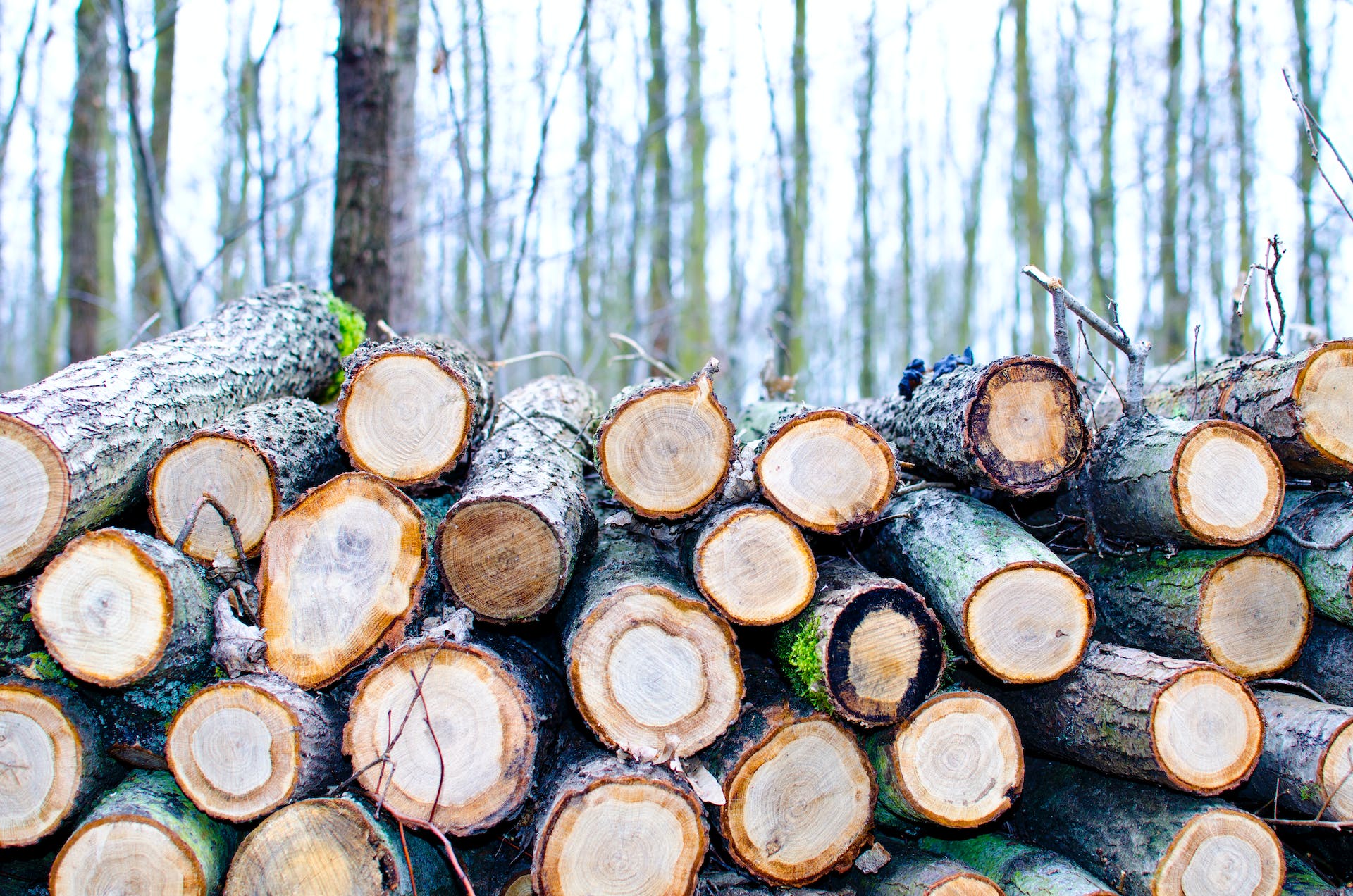Burning wood on a high-efficiency wood-burning stove is a green and sustainable way to keep warm. Wood is sustainable as, unlike fossil fuels, it’s limitless in its supply – as long as woodlands and forests are managed correctly. More often than not wood can grow at a quicker rate than its consumed. .
Managing Woodlands & Forests
Effective management of sustainable woodlands and forests is essential if they are to continue to prosper and grow in the coming years. Managed woodlands are like a garden as they need constant maintenance. It is a careful job where trees are thinned to grow, and things like bramble are carefully managed to ensure they don’t dominate other plants.

European Guidelines on Forrest and Woodland Management:
European countries have agreed upon six criteria points for sustainable forest and woodland management, which are outlined below. These points are key in helping ensure woodlands and forests provide, among many other things, a sustainable fuel source.
1. Maintenance and appropriate enhancement of forest resources and their contribution to the global carbon cycle
2. Maintenance of forest ecosystems health and vitality
3. Maintenance and encouragement of productive functions of forests (wood and non-wood)
4. Maintenance, conservation and appropriate enhancement of biological diversity in forest ecosystems
5. Maintenance, conservation and appropriate enhancement of protective functions in forest management (notably soil and water)
6. Maintenance of other socio-economic functions and conditions
To ensure woodlands and forests continue to supply wood, it is vital that they are cared for and developed. These points above help create awareness and focus for a sustainable woodland.
Sustainable Woodland and Forest Key Facts:
- Forests cover over 30% of the planets land area
- Forests contain most of the world’s biodiversity and almost as much carbon as in the atmosphere
- Directly and indirectly, forests and woodlands provide livelihoods for over one billion people
- Forests influence the availability of water, regulates surface and groundwater flows, and also help maintain high water quality
- Forests and trees reduce water-related risks such as landslides, floods and droughts

Misconceptions:
There are still a number of misconceptions about burning wood and woodlands. Here are a few we have debunked.
Does forestry management reduce diversity?
When it comes to forest management and the supply of firewood, there is misplaced worry among some that broadleaf forestry management activities reduce diversity, but this is entirely untrue. According to the Small Woods Association and other sources, the opposite is true, and the reason is this: a closed canopy woodland does not allow sufficient light through to sustain much flora and fauna at ground level, whereas thinning has been shown to improve biodiversity by encouraging life throughout both canopy and ground levels. Good forest management is beneficial for firewood supply, fast timber bulk growth, replenishment and biodiversity.
Is using wood for stoves the same as using wood for power stations?
No. Whilst it might not be great to ship huge quantities of wood chips around the world for power stations, using a local supplier of logs for your stove is good. Displacing electricity or gas with local wood reduces overall carbon emissions and keeps the economic benefits of the trade within the community.
Isn’t it a waste – just burning perfectly healthy trees for firewood?
Specimen trees in their prime are not felled to burn as firewood. Firewood actually comes from mainly thinning for growth and removal of diseased or broken trees to support healthy woodland. A managed woodland is far better at absorbing carbon than an unmanaged forest.








